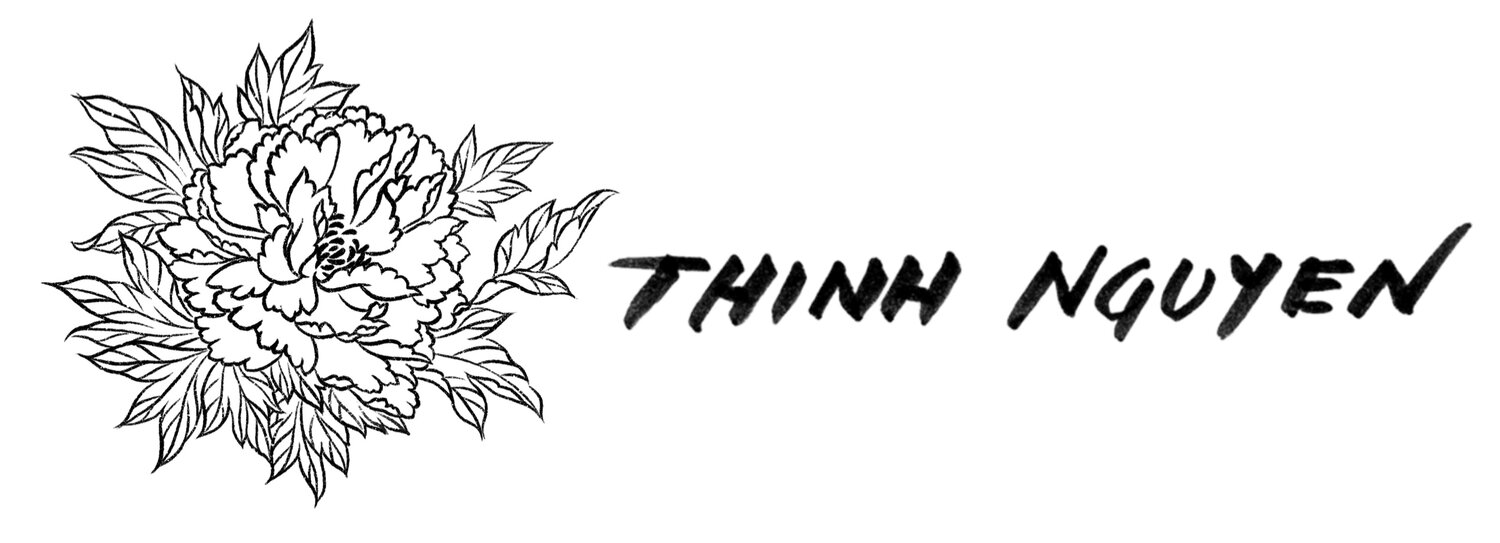Process for “Rebirth”
Process video for the painting “Rebirth”—based on the Vietnamese Story of Tấm and Cám. As I’m revisiting to doing more transparent watercolors, I’m appreciating the impermanence aspect of the paints. Sometimes, it’s hard to discern a good balance between tightly rendered elements and a looseness that elicits dynamism. Even after all these years of using this medium, it still presents a welcomed challenge with each new piece.
The Story of Tấm (broken rice) and Cám (rice bran) is a Vietnamese folktale that draws parallel undercurrents to Cinderella. Although there are many versions of how the story goes, the folktale illustrates the hardships Tấm has to endure from her family. As fate would have it, she marries the prince after fitting into a lost slipper he found. Fueled by envy, the stepmother and Cám plots to have Tấm killed. The stepmother chopped down the areca tree that Tấm was climbing, and she fell to her death.
Cám persuades the prince to take Tấm’s place as a partner, but the estranged relationship was further widened after an oriole bird garnered all of the prince’s attention—it was Tấm reincarnated. Cám killed the bird, buried its remains, and peach trees started to grow. The prince loved the trees and spent a lot of time there, so Cám begrudgingly cut down the trees, and made a loom. As she was weaving fabric, the loom squeaked words that affirmed Cám’s guilty conscious. Cám burned the loom, and a “golden apple” (trái thị) spawned. An old woman walked by, relished the alluring fragrance, and asked the fruit to drop down. She brought the fruit home.
When the old woman was out, Tấm appeared out of the fruit and would secretly help the old woman with her housework, unbeknownst to her. After the old woman discovered what was happening, she asked Tấm to become her daughter. The prince was out one day and stopped by the old woman’s house to rest. As custom, the old woman offered the prince betel leaf, and he asked who prepared it. Tấm and the prince meet face-to-face and were finally reunited.
*As I was reading and researching this story, there seemed to be a mix-up of names between Tấm and Cám. There is an old Vietnamese opera that says Cám as the protagonist. Most readings seem to outline Tấm as the protagonist. If anyone is aware of this or know more info, would love to know this discrepancy!


